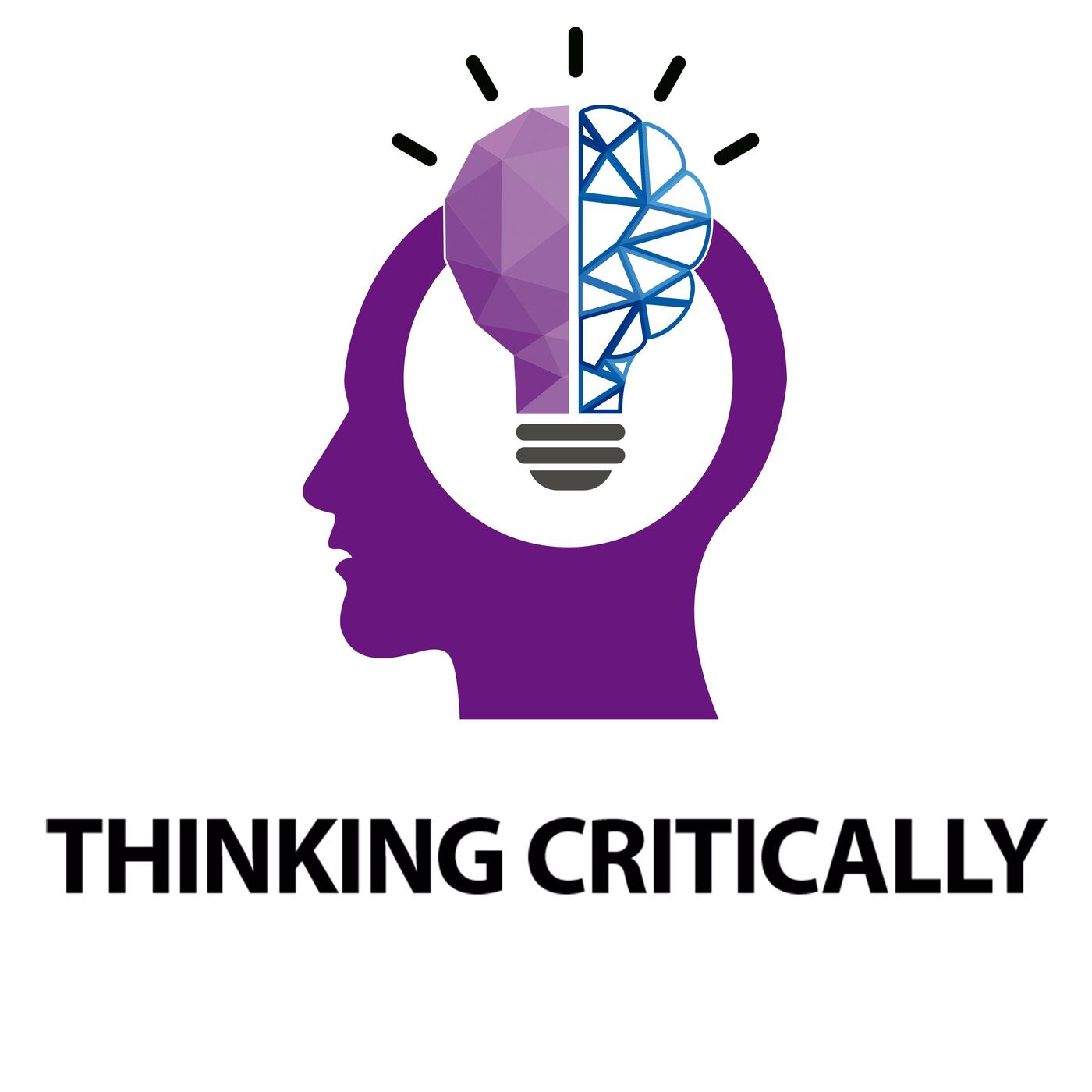Paperback vs Hardcover: Delving Deep into the Differences

When it comes to choosing between paperback and hardcover, book enthusiasts and authors have their preferences and rationale. This guide dives deep into the distinctions between these two book types.
Understanding the Core Differences Between Paperback vs Hardcover
At Their Essence:
- Paperback Books: Generally more affordable, lightweight, and less resilient.
- Hardcover Books: Pricier, sturdier, and bulkier.
But to appreciate the unique character of each, let’s dive deeper.
Deciphering Paperbacks
- Cover Durability: Paperbacks have a thicker paper or paperboard cover. Though it’s less resistant to wear and tear, some come with a ‘French flap’—a folded section on both the front and back, reminiscent of the dust jackets on hardcovers, adding a semblance of elegance.
- Binding Technique: These are usually bound with glue, which, while efficient, tends to limit flexibility. They might not lay flat quickly, but book weights can assist in holding them open.
- Paper Quality: While the pages are typically high-quality and acid-free, like their hardcover counterparts, they might be slightly less thick, signaling a minor compromise on premium feel.
- Size and Typography: The average paperback’s dimensions hover around five to six inches in width and eight to nine inches in height, making them relatively compact. This size could sometimes mean a smaller font, which may affect readability for some.
- Pricing Dynamics: The materials and ease of mass production contribute to a lower paperback cost. Consequently, their profit margins are slimmer.
- Publication Strategy: It’s not uncommon for paperbacks to hit the shelves after their hardcover editions. This could be a strategy to cater to budget-conscious readers or due to the book’s soaring popularity. Titles like Harry Potter and the works of Jane Austen have seen this transition. Paperbacks are also prevalent in rapidly evolving fields like science and technology, where frequent updates are paramount.
- Review Copies: Publishers often send out Advanced Review Copies (ARCs) in paperback format, given the cost-effectiveness.
Decoding Hardcovers
- Cover Durability: True to their name, these books boast a sturdy cover—usually cardboard encased in cloth. Often, a matte or glossy paper dust jacket accompanies it, enhancing its aesthetic appeal.
- Binding Technique: Hardcover books rely on stapling or stitching for binding. This makes them more robust and user-friendly, especially when readers want them to lay flat.
- Paper Quality: Like paperbacks, they use acid-free paper. However, their pages are generally thicker, exuding a luxurious feel.
- Size and Typography: In the U.S., a standard hardcover measures six to eight and a half inches in width and nine to eleven inches in height. The size often accommodates larger fonts, ensuring a comfortable reading experience.
- Pricing Dynamics: The luxurious build and durability come with a higher production cost, which is subsequently reflected in the selling price. However, the profit margins are more generous.
- Publication Strategy: Hardcovers, especially those of popular fiction genres, often get released before their paperback versions. Genres like textbooks, children’s literature, and coffee table books predominantly see hardcover releases. Collector’s editions of timeless classics also frequently adopt the hardcover format.
Paperback vs Hardcover: At a Glance
When comparing Paperbacks and Hardcovers, each has distinct characteristics to consider. Paperbacks typically come with a thick paper or paperboard cover, offering moderate durability. They often measure around 5 to 6 inches by 8 to 9 inches, making them lightweight and more portable. The pages are acid-free, sometimes on the thinner side, and the binding is primarily achieved using glue. As for typography, paperbacks might utilize a smaller font. They are widely available, often referred to as ‘trade paperbacks’ or ‘soft covers,’ and are usually more affordable. On the other hand, hardcovers boast a sturdier construction with a cardboard cover wrapped in cloth, sometimes complemented by a dust jacket. They have superior durability and typically measure between 6 to 8.5 inches and 9 to 11 inches. Their pages are also acid-free but tend to be thicker, providing a premium feel. They’re bound using staples or stitching, generally have a larger font for easy reading, and carry a heftier weight. Hardcovers, also known as ‘hardbacks,’ ‘hardbound,’ or ‘case-bounds,’ might come at a higher price point but are equally widely available in the market.
For Authors: Making the Right Choice
As an author, especially one looking to Self-Publish, understanding the financial implications is crucial. Hardcover printing might appear attractive, but is significantly more costly and complex to source. Paperbacks, by their cost-efficiency, are often more accessible for both authors and readers.
In Conclusion
While paperbacks and hardcovers have unique charm and advantages, your choice should align with your needs, be it reading comfort, durability, or aesthetics. Whether opting for a paperback’s lightweight convenience or the hardcover’s lasting allure, the joy of reading remains paramount.



